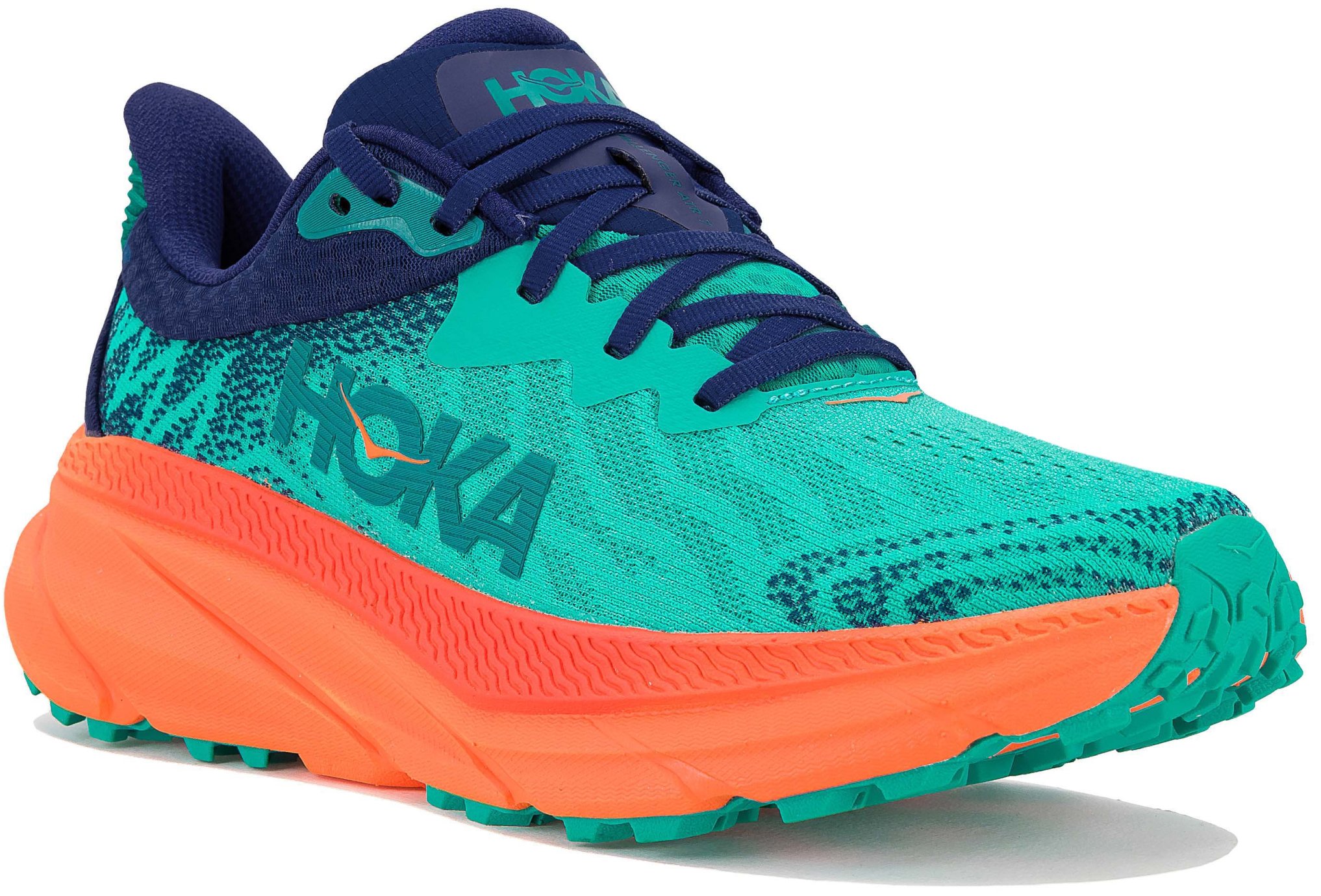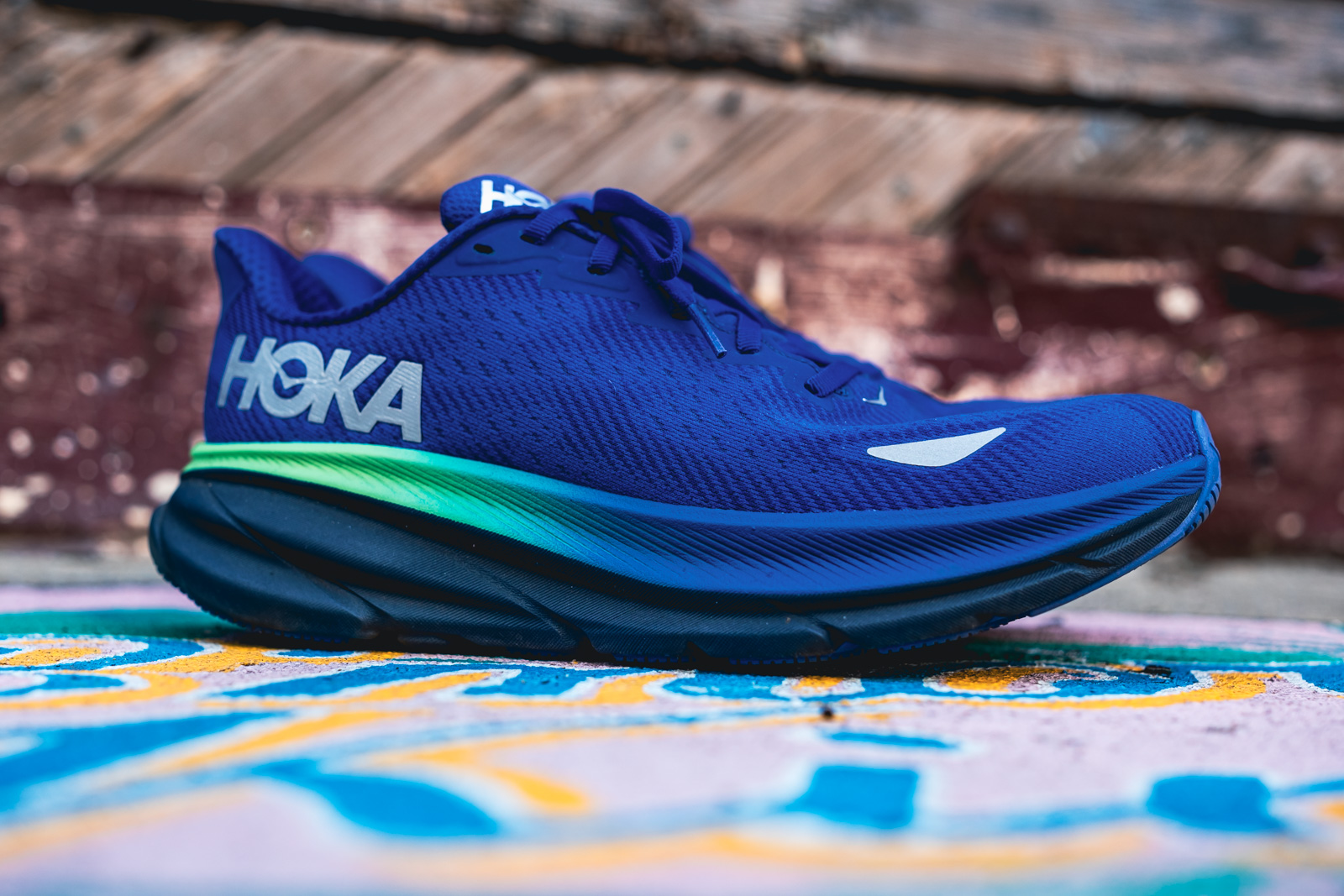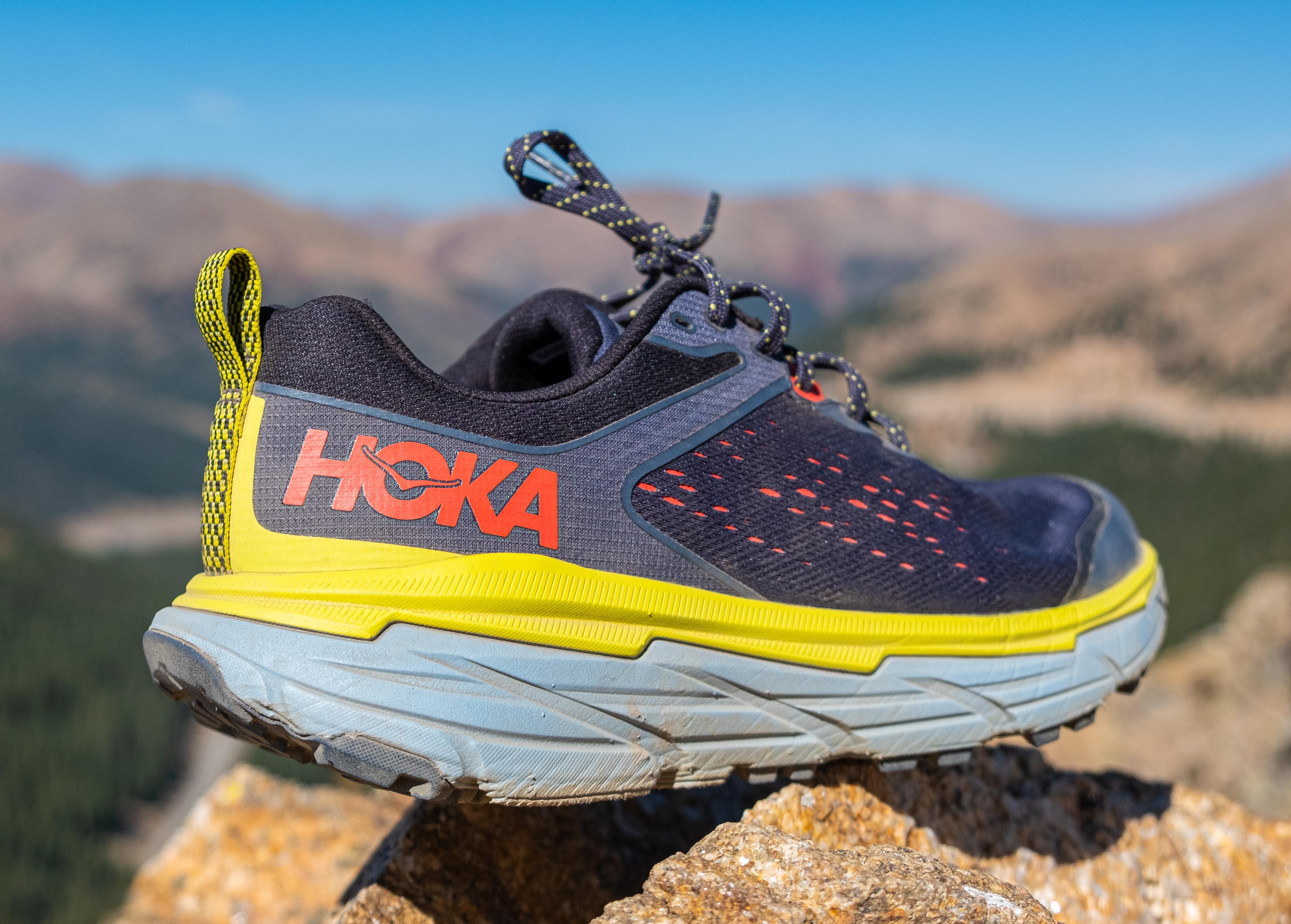Have you ever stopped to consider where your favorite running shoes, perhaps a comfy pair of Hoka, actually come from? It's a question many of us ponder, especially when we appreciate the comfort and performance these shoes offer. Knowing the origins of our gear can connect us more deeply with the brands we trust, and that, is a pretty interesting thought, don't you think?
For a brand like Hoka, which has gained so much popularity for its unique cushioning and supportive feel, the journey from design to your feet spans across continents. It's a global operation, really, involving skilled hands and advanced facilities far from its Californian home base. You might be surprised, perhaps, to learn just how many places play a part in bringing those distinctive soles to life.
This article will take a closer look at the actual places where Hoka shoes are brought into being. We'll explore the primary manufacturing hubs, some of the other key locations, and even discuss why these specific spots are chosen for production. So, if you're curious about the making of your Hoka shoes, keep reading; there's quite a story to tell, actually.
- Threevehicle Crash Fatally Claims Gavins Life
- Who Is Derek Fishers Exwife Meet Candace Fisher
- Costco Washer And Dryer
- Unveiling Natalie Imbruglias Family Legacy The Influence Of Elliot And Maxene
- Whos Willie Gaults Love Match Unraveling The Mystery
Table of Contents
- The Global Footprint of Hoka Production
- More About Hoka's Journey and Quality
- Frequently Asked Questions About Hoka Shoe Manufacturing
- Final Thoughts on Hoka's Global Reach
The Global Footprint of Hoka Production
When we talk about where Hoka shoes are made, it's important to understand that it's not just one single spot. Like many big shoe companies, Hoka has a widespread manufacturing network, truly a global operation that spans several countries. This approach allows them to produce the vast number of shoes needed to meet worldwide demand, which is pretty significant, given their popularity.
The journey of a Hoka shoe, from its initial design to becoming a tangible product, involves a complex system of factories and supply chains. It’s a bit like a well-coordinated dance, with different parts of the shoe coming together in various locations. So, where does most of this production actually happen, you might ask? Well, we're about to get into that, in some respects.
Primary Manufacturing Hubs: China and Vietnam
Most Hoka shoes, it turns out, are primarily made in two key countries: China and Vietnam. These nations are widely recognized for their significant roles in the global footwear industry, and for good reason. They possess a long history of manufacturing expertise, which is something many brands value immensely, apparently.
- Japanese Dwarf Flying Squirrel
- Lone Star Western Decor
- How Old Was Virginia Madden When She Died
- Unsolved Mystery The Disappearance Of George Skiadopoulos In The Julie Scully Murder Case
- How To Understand Chrisean Rocks Miscarriage Exploring Complex Factors
In China, for example, Hoka shoes are extensively manufactured across multiple facilities. You can find these production sites in various locations, including Fujian, Guangdong, and Jiangxi. These regions, as a matter of fact, are known for their industrial capabilities and a large pool of workers skilled in shoe production.
Vietnam, too, plays a very crucial part in Hoka's manufacturing story. Many of their products come from this country, which has also become a powerhouse for shoe production. The presence of advanced production facilities in both China and Vietnam means they can handle the intricate processes involved in making Hoka's unique footwear designs, like those super cushioned midsoles, you know?
These two countries, China and Vietnam, are not just random choices, you see. They are strategic locations, chosen for specific reasons that benefit the overall production process. The availability of skilled labor and the cost-efficiency of operations there make them ideal partners for a brand looking to produce high-quality shoes on a large scale. It’s a pretty smart business move, actually.
Beyond the Main Two: Other Key Locations
While China and Vietnam are the main players, Hoka's manufacturing footprint extends a bit further. The company also operates factories in other countries, which contribute to the overall production volume. These additional sites help diversify the supply chain and ensure a steady flow of shoes to markets worldwide, which is quite important for a global brand.
Specifically, you'll find Hoka shoes also being produced in the Dominican Republic, Cambodia, and the Philippines. These locations, though perhaps not as widely known for footwear manufacturing as China or Vietnam, still play a valuable role in the company's global strategy. They offer additional capacity and, in some cases, specialized capabilities that fit into Hoka's production needs, you know?
The fact that Hoka utilizes factories outside of just China and Vietnam shows a broader approach to their manufacturing. It means they are spreading their production across several regions, which can help with efficiency and adaptability. This multi-country strategy is common among large international brands, as it helps manage logistics and potential disruptions, too it's almost a necessity in today's world.
So, while the bulk of the production definitely happens in China and Vietnam, it’s worth remembering that your Hoka shoes might have also traveled through or been assembled in places like the Dominican Republic or Cambodia. Each location adds a piece to the puzzle, contributing to the final product you wear on your feet, which is pretty cool when you think about it.
Why These Locations? The Strategic Advantage
The choice of manufacturing locations like China, Vietnam, Cambodia, the Dominican Republic, and the Philippines is not just by chance. There are very specific and compelling reasons why Hoka, along with many other footwear companies, opts to produce their shoes in these countries. It really comes down to a blend of practical advantages, honestly.
One of the primary factors is the abundant availability of skilled workers. These countries have developed significant expertise in shoe manufacturing over many decades, meaning there's a large workforce with the specific skills needed for intricate shoe assembly. This skilled labor force is, quite simply, crucial for maintaining the quality and consistency that Hoka is known for, you know?
Another very important reason is cost efficiency. Producing shoes in these regions often allows companies to manage manufacturing costs more effectively compared to, say, producing them in Western countries. This doesn't mean sacrificing quality; rather, it's about optimizing the production process to be as economical as possible without compromising the final product. It’s a delicate balance, obviously.
Beyond labor and cost, these locations often have well-established supply chains and infrastructure that support large-scale manufacturing. This includes access to raw materials, logistics networks for shipping, and a supportive industrial environment. These factors combined make these countries incredibly attractive for global brands seeking efficient and reliable production, as a matter of fact.
The advanced production facilities found in places like Vietnam and China are also a major draw. These factories are equipped with the machinery and technology necessary to create Hoka's specialized designs, like their distinctive thick midsoles and cushioning systems. These locations play a truly crucial role in maintaining the high standards of performance and comfort that Hoka promises, you see.
Hoka's American Roots vs. Global Manufacturing
It’s interesting to note that while Hoka is an American brand, with its headquarters located in California, the shoes themselves are not manufactured in the USA. This might come as a bit of a surprise to some, especially since the brand has such a strong presence in the American market. But it's a very common practice in the footwear industry, actually.
Contrary to what some might believe, Hoka shoes are not made in the USA. The brand, like many other footwear companies, chooses to outsource its production to factories overseas. This is not a reflection of the brand's American identity but rather a strategic decision driven by the global realities of manufacturing, which is quite practical, really.
The headquarters in California is where the design, marketing, and business operations largely happen. This is where the ideas for new shoes are conceived, where the brand's vision is shaped, and where the overall strategy is developed. But when it comes to the actual physical making of the shoes, that work is entrusted to specialized factories in other parts of the world, you know?
This separation of design and manufacturing allows Hoka to focus on innovation and brand building while leveraging the manufacturing expertise and cost advantages offered by countries like China and Vietnam. It's a model that many successful global brands follow, ensuring they can produce high-quality products at a competitive price for consumers worldwide, which is pretty smart, right?
So, while you might associate Hoka with its American origins, the journey of your shoes is truly an international one. It highlights how interconnected the world of commerce and manufacturing has become, with different regions contributing their strengths to create a final product enjoyed by many. It’s a fascinating aspect of modern business, obviously.
More About Hoka's Journey and Quality
Beyond just where they are made, understanding a bit more about Hoka's overall story can give you a richer appreciation for the brand. It’s not just about the factories, but also the philosophy that drives the creation of these distinctive shoes. The brand has, in a way, carved out a unique spot in the market, hasn't it?
The Hoka Story: From Idea to Global Brand
HOKA ONE ONE, as it's officially known, was founded in 2009 by outdoor sports enthusiasts. The name itself comes from the Māori language of New Zealand, with "Hoka" meaning "to earth" and "One One" meaning "to fly over." So, the full brand name, "Hoka One One," roughly translates to "to fly over the earth," which pretty much captures the essence of their design philosophy, you know?
The brand really burst onto the scene with its unique, noticeably thick-soled shoes, which were quite different from the minimalist trend popular at the time. These "oversized" designs were initially met with some skepticism, even being called "ugly shoes" by some. Yet, they quickly gained a loyal following, especially among runners seeking superior cushioning and comfort, which is quite a turnaround, apparently.
Hoka's professional cushioning technology is a key reason for its success. This innovative approach to midsole design provides a soft, bouncy feel that helps absorb impact and makes for a smoother ride, whether you're running long distances or just walking around. It’s this focus on performance and comfort that has allowed Hoka to truly take off globally, even entering the Chinese market in 2017 and becoming very popular there, too.
Today, Hoka shoes are seen on the feet of many, from everyday runners to famous personalities. Celebrities like Elon Musk, Rupert Murdoch, former US President Joe Biden, pop singer Britney Spears, supermodel Gisele Bündchen, and even actor Chow Yun-fat have been spotted wearing them. This widespread appeal speaks volumes about the brand's ability to combine performance with a certain fashionable flair, which is pretty impressive, honestly.
Ensuring Hoka Quality, Wherever It's Made
Regardless of whether a Hoka shoe is made in China, Vietnam, the Dominican Republic, Cambodia, or the Philippines, the brand aims to maintain a consistent level of quality. The skilled labor and advanced production facilities in these locations are crucial for upholding Hoka's standards. It's not just about where the shoe is assembled, but how carefully it's put together, you know?
Take the latest Bondi model, for instance, the Bondi 8. It features Hoka's signature super-light foam midsole, which is about 33mm thick. This design is meant to deliver that distinctive bouncy and responsive feel that Hoka wearers love. The inclusion of a heel cushioning pad further enhances the smooth transition from landing to push-off, making for a very fluid stride, apparently.
The materials used, like the engineered mesh upper made from renewable plant fibers, are also carefully selected and integrated into the manufacturing process. This attention to detail, from material sourcing to final assembly, is what ensures that each pair of Hoka shoes meets the brand's performance promises, no matter its specific factory origin. It’s a pretty thorough process, you see.
While some users might mention that Hoka outsoles tend to wear out after about 400 to 500 kilometers, which is something to consider, the overall focus remains on providing exceptional cushioning and comfort. The manufacturing processes in these global factories are geared towards delivering that core Hoka experience. It’s about creating a shoe that feels great on your feet, first and foremost, you know?
The strategic choice of manufacturing locations, combined with Hoka's commitment to its design principles, allows them to produce a high volume of shoes that consistently offer that unique Hoka feel. It's a complex dance of global logistics and local expertise, all working together to get those shoes onto your feet, which is pretty amazing, when you think about it.
Frequently Asked Questions About Hoka Shoe Manufacturing
Here are some common questions people often ask about where Hoka shoes are made:
Are Hoka shoes made in the USA?
No, Hoka shoes are not made in the USA. While Hoka is an American brand with its headquarters in California, the actual manufacturing of the shoes takes place overseas. This is a common practice for many footwear companies today, as a matter of fact, to leverage global manufacturing capabilities.
Do all Hoka shoes come from the same place?
Not exactly from one single place. Hoka shoes are primarily manufactured in China and Vietnam, but production also occurs in other countries like Cambodia, the Dominican Republic, and the Philippines. So, while there are main hubs, the production is spread across several locations globally, which is pretty interesting, isn't it?
What makes China and Vietnam key for Hoka production?
China and Vietnam are key manufacturing locations for Hoka due to several important factors. These include the availability of a large pool of skilled workers with extensive experience in shoe production, along with cost efficiencies that help manage manufacturing expenses. Additionally, these regions boast advanced production facilities and well-established supply chains that support large-scale footwear creation, which is quite beneficial, obviously.
Final Thoughts on Hoka's Global Reach
Understanding where Hoka shoes are made truly gives you a clearer picture of the brand's global operations. It highlights how a company, rooted in American innovation, leverages worldwide manufacturing expertise to bring its unique products to consumers everywhere. The journey of a Hoka shoe, from design concept to the finished product on your foot, is a testament to global collaboration and specialized craftsmanship, you know?
This global approach allows Hoka to produce the vast number of shoes needed to meet the demand of its growing fanbase, all while aiming to maintain the consistent quality and distinctive cushioning that people love. It’s a complex, yet incredibly efficient system that keeps those comfortable, performance-driven shoes coming. So, the next time you lace up your Hoka pair, you might just appreciate the international journey it took to get to you, which is pretty neat, isn't it?
Learn more about running shoe technology on our site, and discover more about different Hoka models to find your perfect fit.
For more general information on shoe manufacturing, you could check out resources like Statista's insights on the footwear industry, which is quite informative, as a matter of fact.
Related Resources:



Detail Author:
- Name : Willa Lynch PhD
- Username : kari.smith
- Email : napoleon23@hotmail.com
- Birthdate : 2003-12-24
- Address : 7392 Rath Causeway Suite 882 East Ilianamouth, CT 51671-7828
- Phone : 828.223.8961
- Company : Goyette-Konopelski
- Job : Battery Repairer
- Bio : Voluptate similique fuga facilis totam. Dolorem exercitationem reprehenderit nostrum eos. Nam dolor quis facilis laudantium.
Socials
linkedin:
- url : https://linkedin.com/in/mertzj
- username : mertzj
- bio : Labore ipsa eius similique iusto.
- followers : 3263
- following : 1707
tiktok:
- url : https://tiktok.com/@joellemertz
- username : joellemertz
- bio : Qui autem unde et ea. Et possimus sequi neque ad corporis cum.
- followers : 1667
- following : 13
facebook:
- url : https://facebook.com/jmertz
- username : jmertz
- bio : Ut in officiis enim aut omnis quae nesciunt.
- followers : 4417
- following : 2323
twitter:
- url : https://twitter.com/joelle.mertz
- username : joelle.mertz
- bio : Et repudiandae illum vitae repudiandae. Possimus ipsa iure et quis ea tempora.
- followers : 2346
- following : 2488
instagram:
- url : https://instagram.com/joelle8089
- username : joelle8089
- bio : Quos maiores id ut et. Est quas sit dolor voluptas. Ut itaque facilis placeat est.
- followers : 4687
- following : 2325